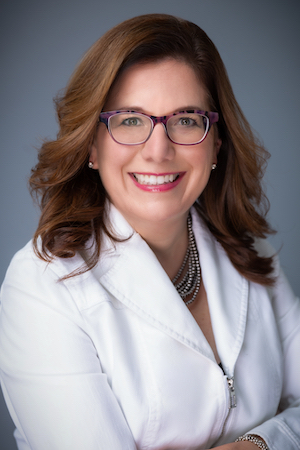By Amy Dufrane
Welcoming a new year always feels good: a chance to reset direction, renew and refine best practices and even commit to a few resolutions. Given the lessons learned during the pandemic, the new year also feels like life might finally get back to normal. In my opinion, that’s no longer a reasonable expectation. There’s no going backward, and the lookahead is fraught with uncertainties. HR professionals need to buckle up and be ready for the ride ahead.
Reflecting on 2021
First, who could have predicted the depth and breadth of the Great Resignation? COVID gave workers time to be introspective about what they want from their careers. “Life is short” hit many of us hard – even my own dentist, who is only in his early 40s, sold his practice to spend time with his children and help his mother, who is suffering from dementia. Armed with the reinforced knowledge that time is scarce and needs to be appreciated, employees are slower to accept employment and want to work for companies that can provide purpose as an integral part of work.
This quest for meaning is exactly why organizations mandating back to office policies and not supporting work from home models are failing their workforces. Companies need to listen to their employees and make changes as to how they work and do business, potentially long term. There are no magic dates that make workers feel safer to be back in a physical facility. Leaders who are generationally stuck in the past of the ‘I must see you otherwise, I don’t trust that you are working’ mindset will quickly become irrelevant. Workers are looking to their employers for balance and flexibility; that is, if you want ‘my whole self at work, you need to respect what comprises my whole self.’
There have been some bright spots as we look back on 2021. Successful employers recognized that remote or telework was a productive, positive strategy. Compassionate employers were the big winners in 2021. Understanding where an employee was mentally and physically meant employers could design and deliver wellness programs that resonated. The blending of work and home is the new reality of work, and employers that respected this paradigm shift are already ahead as we move into 2022.
What’s Next for HR
Yet, there are significant gaps between what HR can support and what workforces really need. HR needs more resources to support the business in a meaningful way. CEOs always want more; however, they don’t necessarily invest in their HR function. That investment needs to include more qualified, competent HR professionals who are given the financial resources to execute strategies effectively.
An example of what’s still lagging as we hope to move ahead is DEI. We’re seeing organizations hire individuals who – while given DEI titles – are woefully unequipped to develop, activate and initiate DEI programs. When it comes to DEI, not only are employees watching, but job candidates are too. Giving DEI mere lip service while the competition puts the budget and resources in place to ensure sustained success means an organization is quickly slipping behind. There are some excellent employers of choice against which to model a DEI program, and those are the ones to watch.
As we think about 2022, some existing trends remain strong, and new ones will emerge. Here’s the first thing to consider: the pandemic isn’t going away, and pandemics might continually hover over us for time to come. That means the drivers of the Great Resignation will remain in place, so it will continue. It has resulted in an employee’s market – a smorgasbord of jobs. Organizations need to focus on retention, finding ways to be more flexible, giving more significant salary bumps and bonuses and offering more learning and certification opportunities.
Additional Considerations
An employee’s location should no longer be a determining factor, whether it’s a new hire or team leader. There’s been a migration from busy city life and office campuses to locations closer to family, friends and activities that support quality of life. The ability to be creative within companies around how to work virtually and ensure a sense of togetherness when we aren’t physically together is becoming a sought-after skill. Supply chain issues impact everything from the paint we use in our houses, the food we eat, and the furniture we use and certain jobs – such as truck drivers – need to be incented at a level not previously considered.
At the same time, it seems likely that entrepreneurship will explode in 2022, giving way to innovation beyond what we’ve seen since the Great Recession. According to the Wall Street Journal, the number of unincorporated self-workers rose by 500,000 since the start of the pandemic, up to 9.44 million nationwide. That is the highest total since 2008 and represents a 6% increase in the self-employed, while overall employment remains nearly 3% lower than pre-COVID. What’s more, two-thirds of these new businesses aren’t expected to hire any employees.
In the U.S., it is clear that we need more workers. The immigration system has been upended since COVID began. Entire industries are struggling to hire. Job requisitions remain open for months, not days. Leadership pipelines are dry, and people are unwilling to take promotions without gaining the necessary skills and knowledge. The skills gap has become the skills chasm, and savvy organizations are quickly putting assessments in place and shoring up development programs.
If there’s anything we’ve learned from the last two years, it’s to expect the unexpected. Going into 2022, there are notable areas of improvement ripe and ready for HR’s intervention, but there’s also the lingering possibility of new variants and unseen obstacles in the way. Leverage the past in preparing for an uncertain future and focus on what you can control now as we navigate what’s next.

